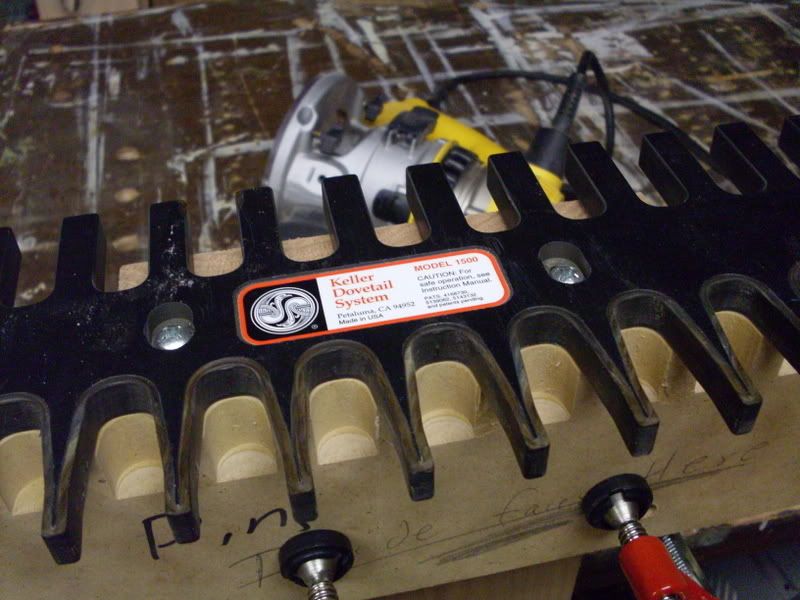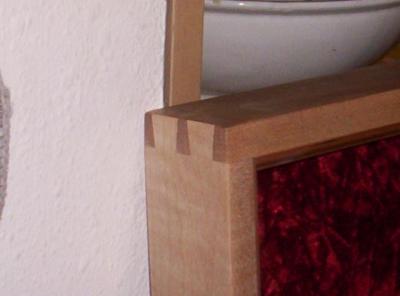Shop Class as Soulcraft
by Matthew B. Crawford
ISBN-13: 978-1594202230
I recently called my old middle school – Walter T. Bergen in Bloomingdale, New Jersey – and had a chance to speak with the secretary who answered the phone. All the memories started flooding back. How were my old teachers? When did the town’s fifth graders start attending the school?
And, most importantly for me, what ever happened to the wood shop?
The place where I and hundreds of other kids took our first tentative steps into the craft was shut down maybe 15 years ago or so. The room sat dark for a long time, then the tools were shoved to one side and class was held on the other. A few years ago, all of the tools were moved to the school district’s storage, and a partition was built. Today, one half of the space is for special education, the other half is a health classroom.
What a total bummer.
Unfortunately, Water T. Bergen was not the only school to do this to their vocational education program. Many other schools across the nation shuttered their shop classes through the ’80s and ’90s, seeing more value and less risk in using those facilities for other instructional purpose. Gearing their students up for academic excellence and a future in college.
That’s where Crawford’s book Shop Class as Soulcraft starts to engage the discussion and offer some interesting insights.
Crawford’s premise is simple – why has education and society marginalized the value of vocational education? How does society look down on skilled tradespeople in comparison to the highly educated, yet has no problem coughing up $250 an hour for a plumber to fix an emergency sewer back up on a Sunday afternoon?
I only made it halfway through the book so far, but it has so thoroughly engaged me that I was moved to write about it. The points he made about the amount of knowledge and intuitive thinking a tradesperson needs to properly complete the job brought back memories of my family growing up.
My older brother wasn’t much into school as a high schooler. He struggled through the academics and was very happy once they were complete. I frequently thought of him as someone who was never going to reach his potential because he loved auto shop much more than – say – English Literature.
He really began to shine when he started taking classes at a local technical school. The instructors were awed by his ability to learn and apply what he was taught. He later went on to become ASE master certified in just about every single aspect of working on cars. My brother never lacked one bit for intelligence – his intelligence just lay in another area where he excelled.
I think I may owe my brother an apology.
Crawford also points out that this devaluation is also affecting the well educated. While many can point to the cost-conscious approach of employing a moderately-skilled labor force in some foreign factory as an evolutionary step in the development of blue collar employees, the same process is occurring in white color work force, only at a more rapid pace. Think about it – a tech support question can be easily answered over the phone in India, Singapore or China, but it will still take a skilled tradesperson to properly construct and install a set of kitchen cabinets in your home or to fix your transmission.
Crawford’s book is a well-written argument for the return of vocational education to school systems. Not every student is cut out for a four year college degree or higher education. As long as legislatures across the country and around the world try to impose a ‘college for all’ mind set, many students will be left behind, never achieving their true fulfillment.
And that would be a tragedy.




 The one caveat with this jig – as with many others – is you have to carefully mark where the joints will align. This is a very important skill to master whether you cut the joints by hand or by machine. A striking knife – even a cheap Xacto knife from an office supply store – will work well.
The one caveat with this jig – as with many others – is you have to carefully mark where the joints will align. This is a very important skill to master whether you cut the joints by hand or by machine. A striking knife – even a cheap Xacto knife from an office supply store – will work well.
